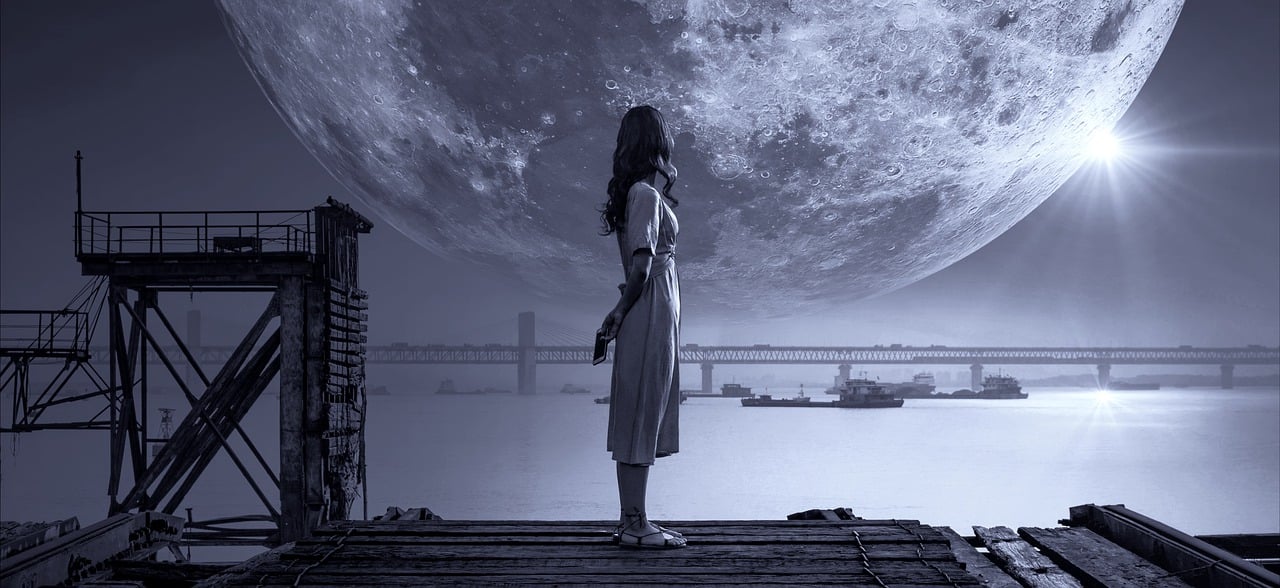The Perseid Meteor Shower: A Stargazing Spectacle

A trip into the sublime, the Perseid Meteor Shower is more than just a natural phenomena.



One of the most well-known and magnificent meteor showers of the year is the Perseids. The peak falls on the night of August 12 and the morning of August 13, and it happens every year between July 17 and August 24. The Perseid meteor shower is projected to be very active this year, with up to 100 meteors per hour visible in the darkness.
The constellation Perseus, from which the Perseid meteor shower appears to have originated, bears its name. The meteors originate from the remains of a comet known as 109P/Swift-Tuttle, though. Every 133 years, this comet circles the sun, leaving a trail of dust and debris in its wake. The dust and debris that are left behind when Earth travels through this trail collide with our atmosphere and burn up, producing meteors.
The Northern Hemisphere is where you can see the Perseids best, and dark, remote settings are where you can see them best. Find a position distant from city lights and lie on your back to enjoy the greatest view. Before you start looking for meteors, give your eyes 30 minutes to get used to the darkness. They will appear to be coming from the constellation Perseus, but you should be able to see them speeding across the sky from any direction.
You might even witness a fireball if you're lucky. Fireballs are bigger meteors that can leave a smoke trail and a dazzling burst of light. Even though they are an uncommon sight, they are absolutely worth witnessing if you have the opportunity.
The Perseid meteor shower can be best enjoyed when it occurs at the right time and place. Typically, the best viewing occurs during the second week of August, when the new moon phase makes the night sky the darkest. To appreciate the performance to its fullest, choose a location distant from the lights of the city. National parks, rural locations, and high vantage points offer the best opportunities for observing the meteors' brilliant trail in the sky.
Meteor shower photography can be a lucrative activity. Use a wide-angle lens and a wide-open aperture with your camera in manual mode to catch those ephemeral moments. Try different exposure times to catch the light trails left behind by meteors as they fly across the picture. To get spectacular pictures that will help to keep the memory of this celestial event, patience and experimentation are essential.
Look for a remote area that is dark and without city lights. On your back, lie down and gaze up towards the sky.
Wait 30 minutes before beginning your search for meteors to give your eyes a chance to get used to the darkness.
However, they will seem to be coming from the constellation Perseus, so keep an eye out for meteors blazing across the sky from any direction. Be tolerant! A meteor sighting can take some time, but it is worthwhile.
Use a camera with a shutter speed of at least 1/2000 second.
To catch as much of the sky as you can, use a wide-angle lens.
To acquire a nice exposure, switch your camera to manual mode and change the ISO and aperture.
To keep your camera steady, use a tripod. Watch for meteors with your camera pointed at the Perseus constellation.
The Perseid meteor shower is an absolutely breathtaking sight, and it's a fantastic chance to go outside and take in the night sky. So this weekend, if you're looking for a celestial show, make plans to go outside and see the Perseids!


महाशिवरात्रि के उपाय , बेर, काली मिर्च और धतूरे का...

Hello Friends ready to see the IPHONE 17 & 17...

Top Highlight About Samsung S24FE Samsung Galaxy S24 FE...